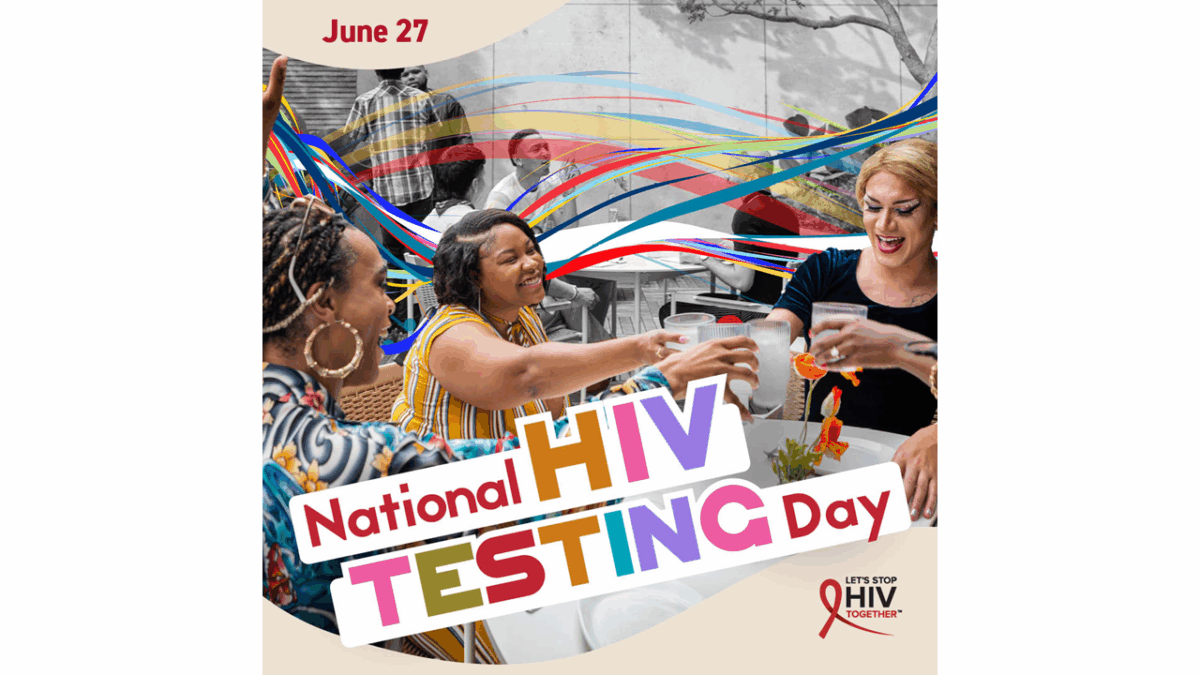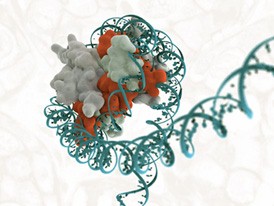Humans have been questioning the existence of nature throughout history. Records of scientific methodologies and philosophy go all the way back to ancient Babylonian, Egyptian, Chinese and Greek civilizations. Influential scientific theories of inheritance date back to the days of Hippocrates and Aristotle, who suggested the source of hereditary information must come from the body. Aristotle hypothesized transmission occurred through the father’s semen, a purified form of blood, which interacted with the mother’s menstrual blood in the womb to ignite a source of life.
Fast forwarding thousands of years, human curiosity and skepticism remains, following an established scientific method and utilizing complex tools to pursue inquisitions about the microcosms of life. One key invention during the last millennia was the first single-lens optical microscope in 1595, which enabled identification of the cell in 1665.
By the 20th century, the hereditary nature and transmission of genetic information was beginning to be understood – influenced by Charles Darwin’s publication on the theory of natural selection in 1859 and Gregor Mendel’s fundamental descriptions on the laws of inheritance in 1866. The existence of chromosomes as the source of information in the form of genes became an established fact, and the branch of karyology and cytogenetics began to unfold. Molecular staining methods uncovered information at the micro level, discovering humans have 23 pairs of chromosomes within the nucleus of cells. This also introduced insight into courses of some congenital disorders, including trisomy 21 (Down syndrome) and sex chromosomal disorders (Turner (X) and Klinefelter (XXY) syndromes). Soon enough, testing for gender or chromosomal abnormalities could be performed prenatally through the acquisition of a small sample of amniotic fluid, in order to formulate predictions about the development of a fetus.
During the same period, the double helical structure of DNA was identified by Watson and Crick in 1953. This established the fact that DNA is composed of nucleic acid sequences connected by hydrogen bonds, and covalently bonded to sugar-phosphate backbones. This discovery has led to increasingly high resolution genetic technologies to analyze these blueprints of life.
Genetic abnormalities and differences between individuals began to be realized, with techniques such as fluorescent in situ hybridization (FISH) and other comparative genomic approaches that identify and discern genomic variation between individuals and species. The invention of polymerase chain reaction (PCR) permitted rapid amplification of DNA and became an indispensable application for research methods – applied in cloning, functional analysis, diagnosis of hereditary diseases, genetic fingerprinting, detection of infectious disease, etc. Faster, more precise and automated sequencing methods closely followed, as did the interest in sequencing the entire human genome.
Supported by the US Department of Energy and the National Institutes of Health, and in collaboration with 20 groups around the globe, the Human Genome Project (HGP) began in 1990 and took 13 years to complete at a cost of around $3 billion. It was discovered that approximately 3.3 billion nucleic acids make up the human genome and comprise an estimated 20,000-25,000 genes.
Today, we live in a genomics era that is focused on answering questions about the nature of our physiology, specifically between health and disease, within our genes. A wide range of sequencing projects have stemmed from the HGP initiative, from sequencing any possible living organism to disease-specific projects such as the Cancer and Autism Genome Projects, with aims to identify causal genetic associations. Even a Human Microbiome Project exists that aims to characterize the microbial communities found within the human body, to identify correlations of the microbiotic environment with health.
The HGP promised to revolutionize healthcare with advancements in personalized genomic medicine, integrating genomic risk assessments alongside clinical investigations. Examples of personalized genomics projects include: at least three established newborn screening programs that apply next generation sequencing, funded by the National Institutes of Health in 2013, and a major publicy-funded UK initiative to sequence genomes of 100,000 patients in 2014.
The efficiency of next generation sequencing tools has drastically lowered in cost, reaching as low as $1000, while producing increasingly exponential amounts of biological data. As genomic information continues to grow, specialized databases of information continue to be created. Most databases are publicly available, but are becoming increasingly privately owned. Even former public databases of important model organisms, the roundworm and yeast, changed from free to commercial in 2002. In 2013 the major public database GenBank contained sequences for over 260,000 formally described species. The low cost of sequencing has also led to a cascade of business ventures, with over 25 direct-to-consumer genetic sequencing companies.
We have reached a critical period in genetic engineering and synthetic biology that offers easily accessible methods for the manipulation of genes — whether to create a transgenic animal for research or to genetically modify agriculture. A major current influential and controversial method of gene editing, using the CRISPR-Cas9 system, has the capability of modifying the genes at the level of the human germ line, with potential to actually eradicate hereditary diseases. However this also raises many ethical issues about appropriate use of the technology. Today there are no explicit legislations in place permitting or forbidding genetic engineering in humans, though it is prohibited in 15 of 22 nations in western Europe. The US National Institutes of Health have already stated they will not fund research for modifying the human germ line and there is continued debate around whether restrictions of technologies should be implemented.
Genetics has become a foundation to all areas of medical research. This development means there are many complex issues to be addressed — pertinent to health care providers, researchers, policy makers, and the public. Even at the initial stages of the HGP, concerns had been raised about the implications of uncovering our genetic information, which led to the parallel creation of the Ethical, Legal, and Social Implications (ELSI) program to organize bioethical inquiry. However, it is also argued this program may have fallen short in creating a regulatory framework for genetics research.
With the insight of health through genetics, there will be many important discussions, including how genetic information will be stored, secured, and protected within databases; how to avoid the consolidation of genetics with biological determinism; and the need for professional education, informed decision making, and public understanding. Genetic technologies will continue to increase in efficiency and decrease in price, so there is a need for conversation between all pertinent parties in order to move forward with sound decisions that will benefit all of society.
Feel free to share your opinions in the comment section below!








Join or login to leave a comment
JOIN LOGIN